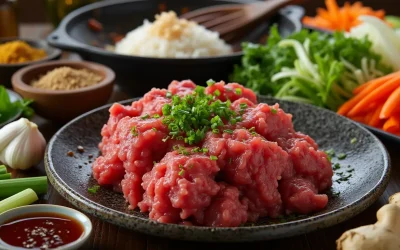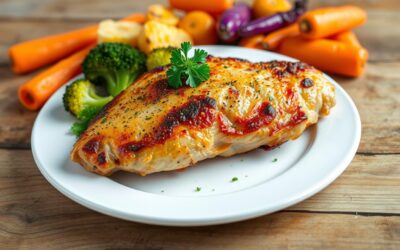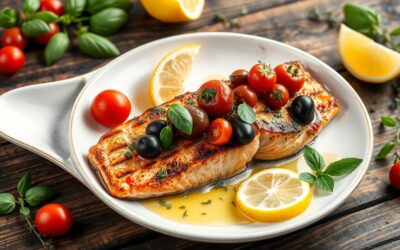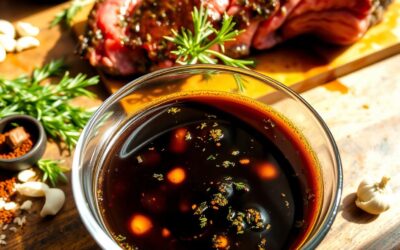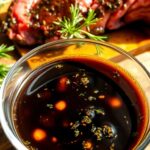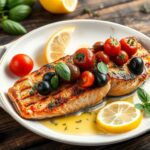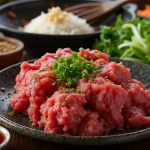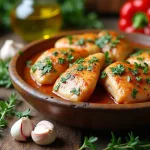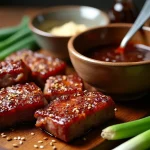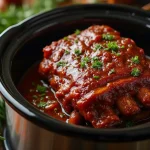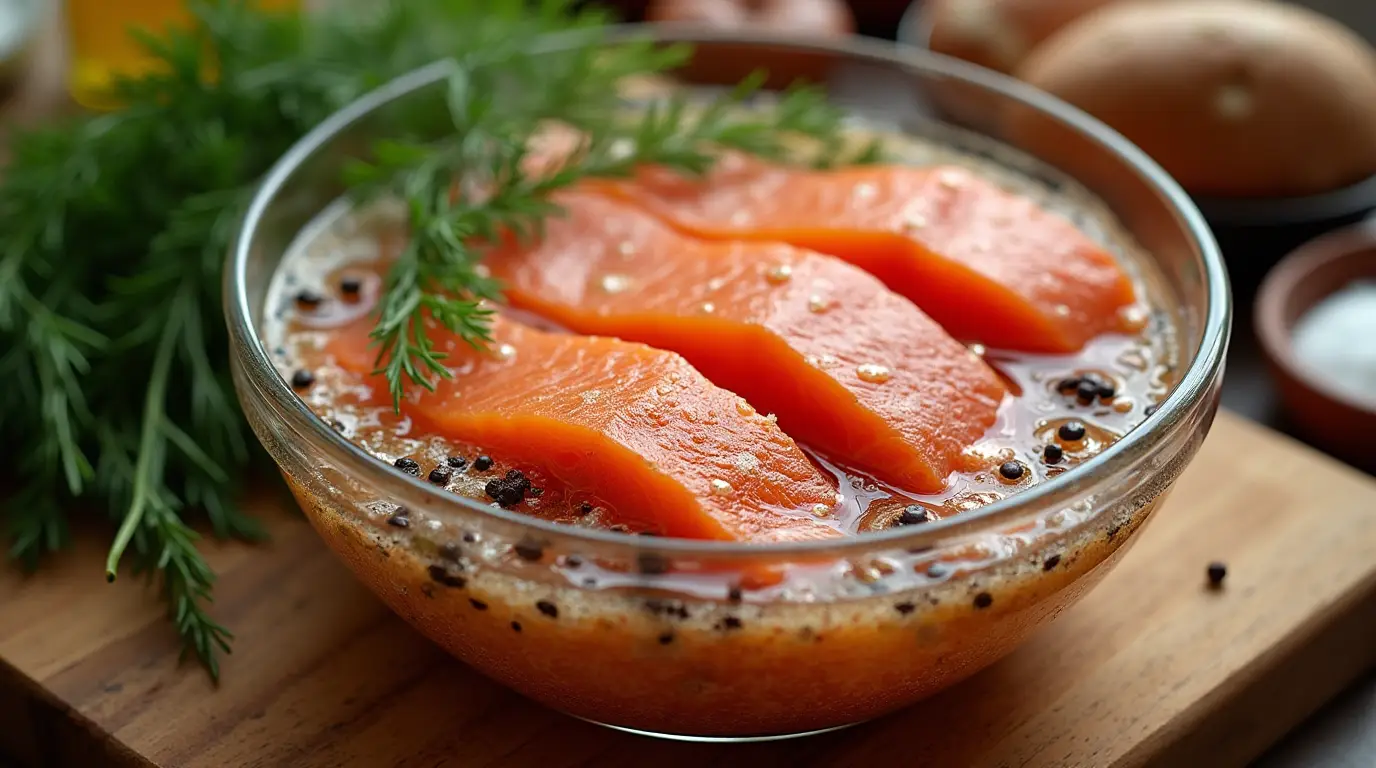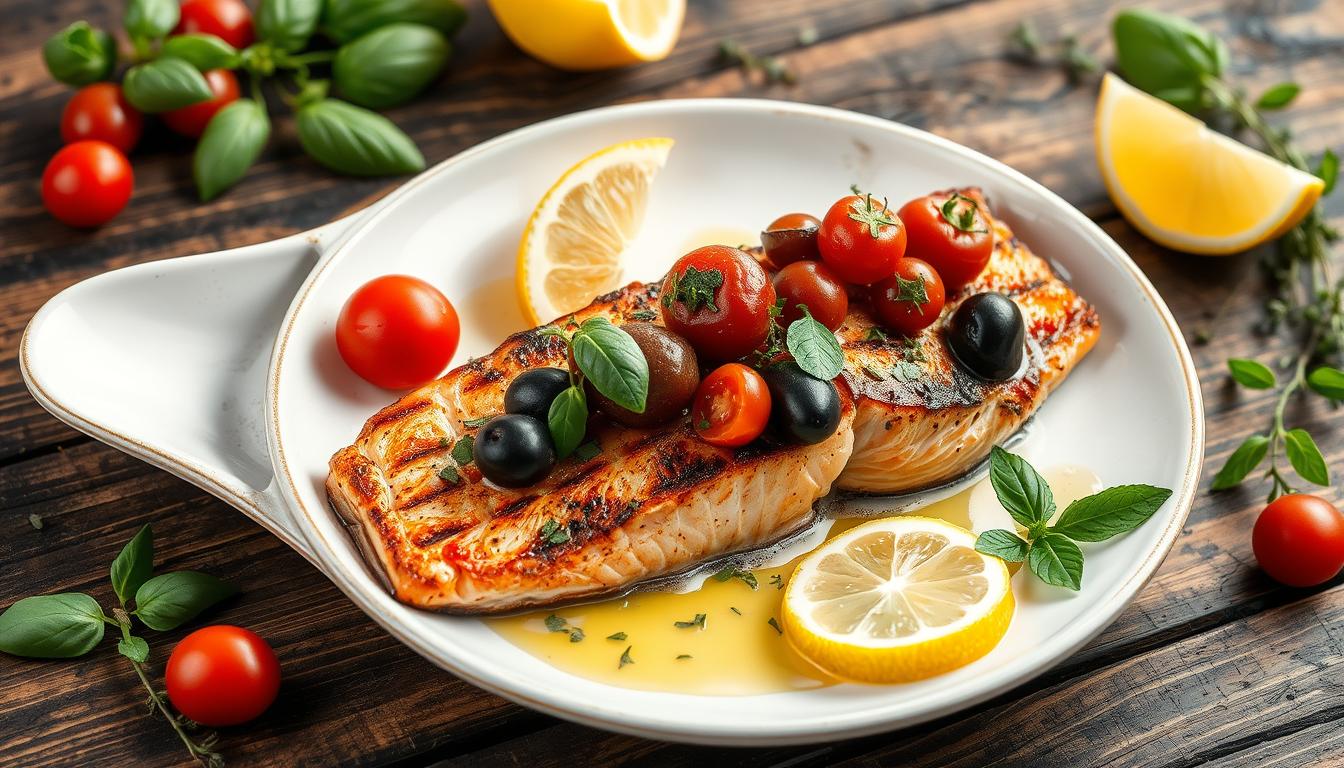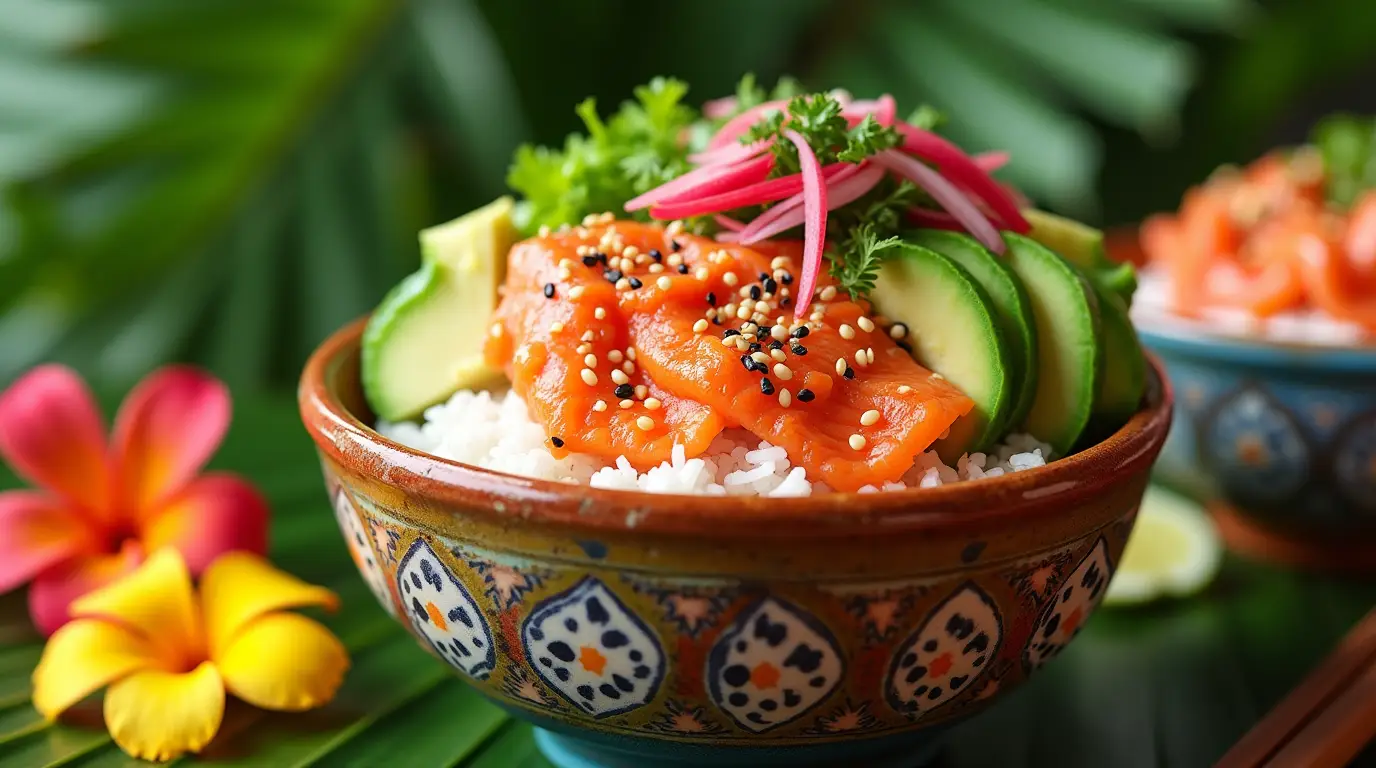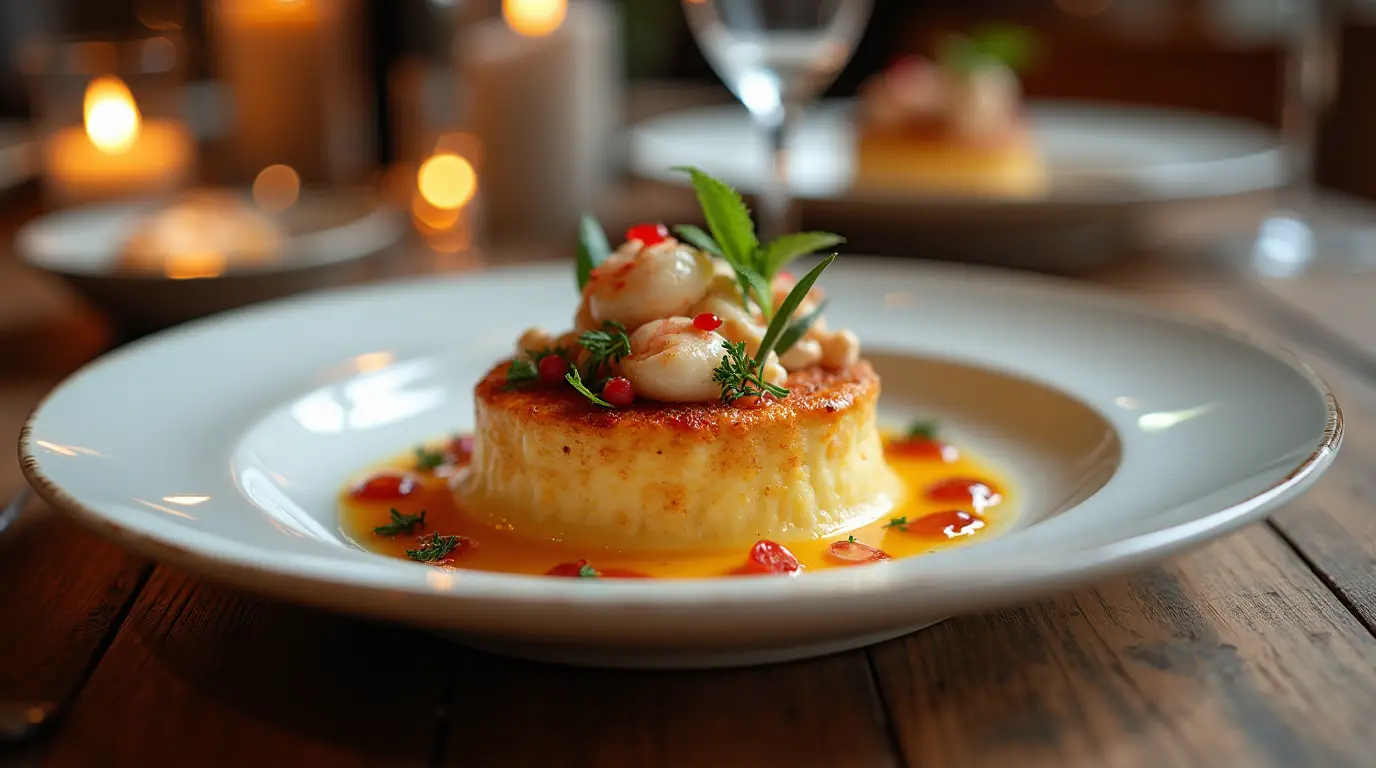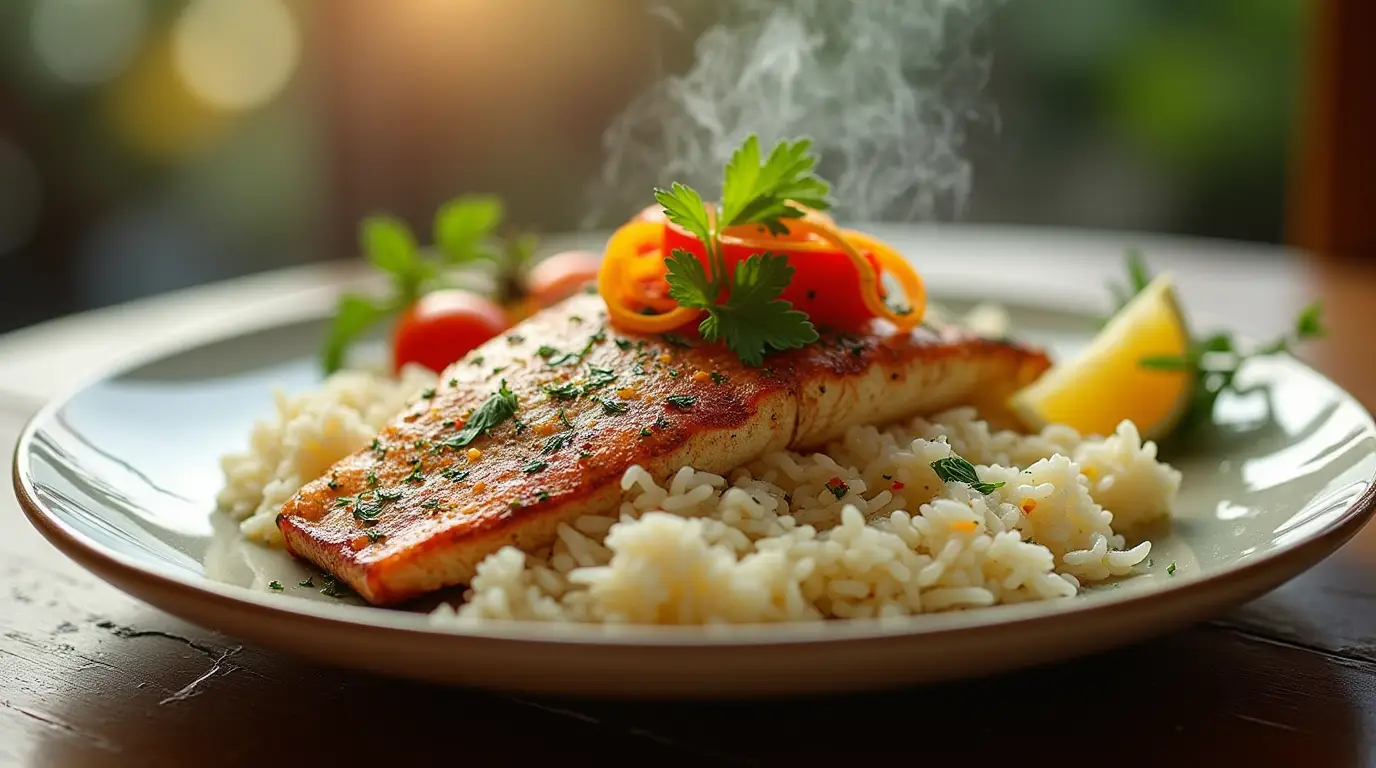Every culinary journey starts with a passion for turning simple ingredients into amazing dishes. Smoked salmon is the top of culinary art—a mix of flavor, technique, and tradition. It turns a regular fish into a gourmet treat. Your journey to master smoked salmon brine begins here, where science meets cooking creativity.
Making perfect smoked salmon is more than just following a recipe. It’s about knowing the detailed smoked salmon brine techniques. These techniques make a simple fish into a delicious treat. This guide will help you make smoked salmon as good as a restaurant’s in your kitchen.
The secret to great smoked salmon is in its preparation. Choosing the right salmon and mastering brining are key. You’ll learn how to make an ordinary salmon fillet into a dish that will wow everyone.
Table of Contents
Understanding the Art of Smoking Salmon
For centuries, people have been preserving salmon through smoking. This method has changed from basic survival needs to a gourmet art. It turns regular salmon into a flavorful, nutrient-rich dish.
Hot Smoking vs. Cold Smoking
There are two main ways to smoke salmon:
- Hot Smoking: Cooks salmon at about 225°F, making it fully cooked and flaky
- Cold Smoking: Uses lower temperatures (around 90°F) to keep raw salmon’s texture
Historical Preservation Methods
“Smoking was once a critical method of food preservation, allowing communities to extend the life of their precious protein sources.”
Long ago, people smoked food to keep it from spoiling. The Pacific Northwest’s indigenous tribes were among the first to smoke salmon. They used cedar wood and open-air methods to preserve their catch.
Modern Smoking Techniques
Today, we mix old ways with new tech. Chefs and home cooks use precise temperature controls and special tools. This helps them make perfectly smoked salmon.
| Smoking Method | Temperature Range | Cooking Result |
|---|---|---|
| Hot Smoking | 175°F – 225°F | Fully cooked, flaky texture |
| Cold Smoking | 70°F – 90°F | Preserved, raw-like texture |
Learning about these smoking methods lets you make top-notch smoked salmon at home. You’ll get the hang of balancing flavor, texture, and preservation.
Choosing the Right Salmon for Smoking
Choosing the perfect salmon is key to a great smoking experience. Not all salmon is the same. Knowing the differences between types can improve your smoked salmon.
Farm-Raised vs. Wild-Caught Salmon
You’ll find two main types of salmon:
- Farm-Raised Atlantic Salmon: Has more fat, is consistent in size
- Wild-Caught Salmon: Offers a varied taste, is leaner
Quality Indicators for Salmon Selection
Here are the important signs to look for when buying salmon:
- Firm, shiny flesh
- No fingerprints or tears
- Should smell fresh and clean
Best Salmon Varieties for Smoking
| Salmon Variety | Fat Content | Smoking Performance |
|---|---|---|
| King Salmon | High | Excellent, rich flavor |
| Sockeye | Medium | Good, slightly leaner |
| Coho | Low | Decent, mild taste |
“The quality of your salmon determines the success of your smoking process.” – Professional Chef
Remember, the first step to a great smoked salmon is choosing high-quality salmon.
Essential Equipment and Tools
To make perfect smoked salmon, you need the right tools. These tools will turn a simple salmon into a tasty treat.
- Smoker or pellet grill
- Digital meat thermometer
- Baking racks
- Electric or manual fan for drying
- Vacuum sealer
- Large non-reactive container for brining
Choosing the right smoker is important for fish curing. Here are some options:
| Smoker Type | Pros | Cons |
|---|---|---|
| Pellet Grill | Precise temperature control | Higher initial cost |
| Electric Smoker | Consistent heat | Less authentic smoke flavor |
| Charcoal Smoker | Traditional smoke flavor | Requires more skill |
“The right tools make fish curing an art, not just a cooking technique.” – Professional Smoker
For the best results, choose quality equipment. It should offer precise temperature control and consistent smoking. Your tools are key to making amazing smoked salmon that will wow seafood lovers.
The Perfect Smoked Salmon Brine Recipe
Making great smoked salmon begins with a good brine. Your brine’s flavor, texture, and how well it preserves the fish depend on it. Knowing the right curing ingredients and salt levels is key to a tasty outcome.
Core Brine Ingredients
A top-notch brine needs the right ingredients to boost the salmon’s taste. Here’s what you need:
- Water (32-64 oz)
- Kosher salt (½ cup)
- Brown sugar (½ cup)
- White sugar (½ cup)
- Lemon pepper (¼ cup)
Optional Flavor Enhancers
Adding extra ingredients can make your brine even better. These can enhance the salmon’s taste:
- 4 cloves of garlic
- 4 sliced lemons
- 2 sliced oranges
- 1 sliced lime
- 1 large yellow onion
Proper Salt-to-Sugar Ratios
Getting the salt balance right is essential for a great brine. Here’s a good starting point:
| Ingredient | Quantity (per gallon of water) |
|---|---|
| Water | 1 gallon |
| Brown Sugar/Honey | 2 cups |
| Table Salt | 2 cups |
Pro tip: Change the salt amount based on how long you want to marinate. Less salt means longer brining for a sweeter taste. Aim for 45-90 minutes for the best flavor without too much salt.
“The secret to great smoked salmon lies in the perfect brine – it’s both an art and a science.” – Culinary Experts
Preparing Your Salmon for Brining
Seafood preparation starts with picking the right salmon and cutting it right. You want pieces that soak up the brine well and smoke nicely. Look for a fresh salmon fillet with bright color and firm feel.
Here’s how to prepare salmon for curing:
- Choose a sharp fillet knife for clean cuts
- Slice salmon into ½-inch thick pieces without cutting through the skin
- Ensure uniform thickness for consistent brining and smoking
- Pat the salmon dry with paper towels to remove excess moisture
Your cutting skills are key to making top-notch smoked salmon. Even slices are essential for even brine absorption. Lay the salmon flat and cut gently but firmly for consistent cuts.
“Precision in cutting determines the quality of your final smoked salmon product.” – Professional Seafood Chef
Before brining, check your salmon for bones. Use tweezers to remove them carefully. This makes your smoked salmon smooth and bone-free.
Temperature is important in curing fish. Keep your salmon cold at 40°F or below. This keeps it safe to eat and keeps its texture.
Brining Time and Temperature Guidelines
Getting your smoked salmon just right means mastering brining techniques and keeping food safe. Brining turns a regular fish into a tasty treat by adding flavor and keeping it fresh.
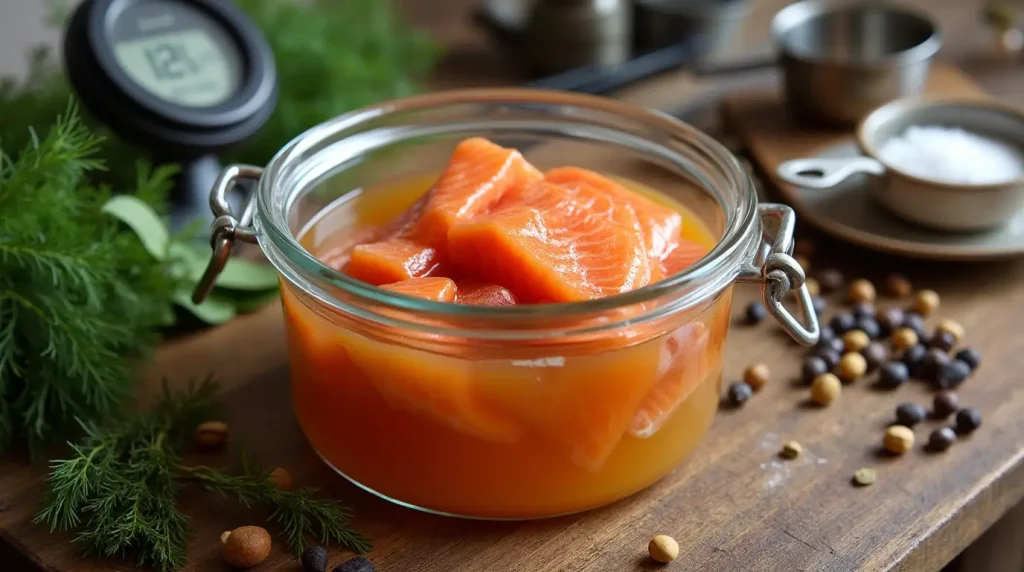
Knowing the best brining time and temperature is key for great results. Different salmon sizes and types need special brining to get the best taste and texture.
Optimal Brining Duration
The brining time for your salmon depends on a few important things:
- Salmon filet thickness
- How salty you like it
- The type of fish
For a 2 lb wild-caught salmon filet, here’s what you should do:
- Minimum brining time: 6 hours
- Maximum brining time: 8 hours
- Ideal brining temperature: Between 34°F-40°F
Temperature Control Tips
Keeping the brining temperature steady is vital for food safety. Follow these tips:
- Keep salmon cold during brining
- Use a digital thermometer to check the temperature
- Don’t brine at room temperature to stop bacteria from growing
*”Precision in brining is the secret to restaurant-quality smoked salmon”* – Professional Seafood Chefs
Pro tip: Adjust brining times based on your salmon’s specific characteristics. Thicker fillets need longer brining, while thinner cuts should brine for less time to avoid too much salt.
Creating the Perfect Pellicle
The pellicle is key in the fish curing process. It turns your salmon into a dish with a rich flavor. It acts as a protective layer, making sure the smoke sticks well to the fish.
To make a good pellicle, you need to prepare carefully. First, rinse your salmon and then dry it completely. Here’s how to get the best pellicle:
- Pat the salmon dry with clean paper towels
- Place salmon on a wire rack in the refrigerator
- Run a small fan near the fish to enhance air circulation
- Allow salmon to dry for 2-3 hours
The surface should be slightly tacky and shiny, like leather. This dry surface will help the smoke molecules adhere during the smoking process. This ensures the fish absorbs all the flavor.
“A perfect pellicle is the secret weapon of professional smokers” – Culinary Smoking Experts
Temperature and humidity are important for the pellicle. Keep your fridge at 40°F and the humidity low. This helps prevent bacteria and makes the surface tacky for better smoke absorption.
Wood Selection and Smoke Flavor Profiles
Choosing the right wood for smoking salmon can turn it into a masterpiece. The wood you pick greatly affects the flavor. It decides how deep and rich your smoked salmon will taste.
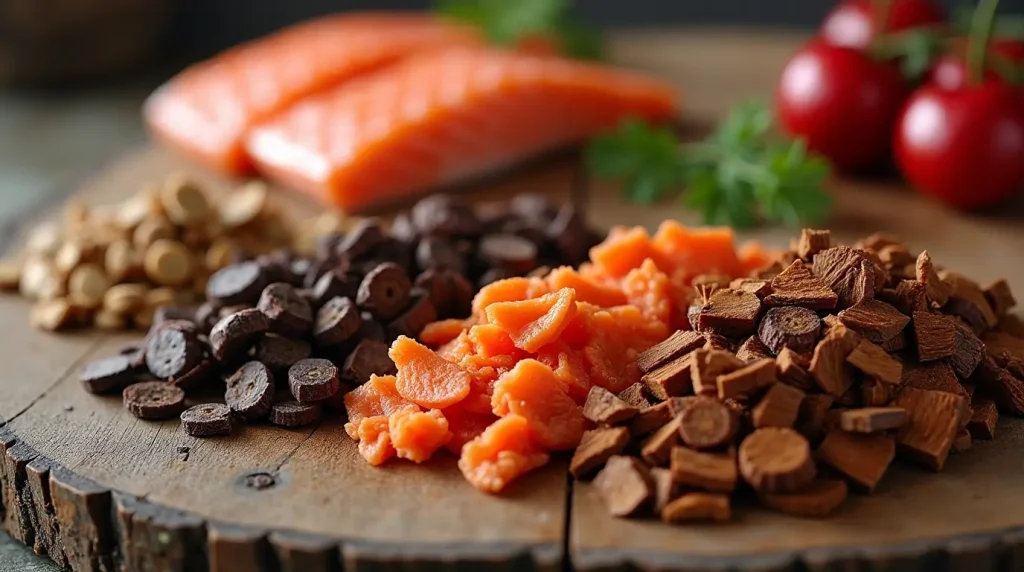
It’s important to know about wood characteristics for perfect smoked salmon. Each wood gives a unique flavor that can make your dish stand out.
Best Woods for Salmon
- Alder Wood: Traditional choice with a light, buttery smoke
- Apple Wood: Provides subtle sweetness and gentle smoke
- Maple Wood: Delivers earthy sweetness without overwhelming salmon
- Pecan Wood: Offers nutty undertones with medium smoke intensity
Smoke Intensity Control
Getting the right smoke intensity is key for balanced flavor. Experts say mixing wood types is best for complex flavors. For example, apple and pecan woods together create a unique taste.
| Wood Type | Smoke Intensity | Flavor Profile |
|---|---|---|
| Alder | Light | Buttery, Delicate |
| Apple | Mild | Sweet, Fruity |
| Maple | Medium | Earthy, Subtle Sweet |
| Pecan | Medium-High | Nutty, Rich |
“The wood you choose is like a painter’s brush – it colors your salmon with invisible strokes of flavor.”
Remember, the size of wood chips matters. Smaller chips are better for short smoking times. Larger chunks give longer flavor infusion. Try different mixes to find your favorite smoked salmon flavor.
Smoking Process and Temperature Control
Mastering the smoking process is key to making perfect smoked salmon. You need to control the temperature precisely. Also, knowing the different smoking techniques is important.
Cold and hot smoking need different methods for safety and flavor. Let’s look at the temperature tips for smoking salmon:
- Cold smoking: 68-86°F (20-30°C)
- Hot smoking: 150-170°F (66-77°C)
- Recommended internal salmon temperature: 120-135°F (49-57°C)
The smoking time changes based on the salmon’s size and thickness. A 2-3 lb fillet takes 1.5 to 3 hours. Smaller 1-2 lb fillets need 45 minutes to 1.5 hours.
| Salmon Doneness | Internal Temperature | Texture Characteristics |
|---|---|---|
| Rare | 110-115°F | Very soft, minimally cooked |
| Medium-Rare | 115-120°F | Slightly firmer, beginning to flake |
| Medium | 120-125°F | Flaky, moist texture |
| Medium-Well | 125-140°F | Firmer, less moisture |
| Well-Done | 140-145°F | Dry, fully cooked |
Pro tip: For the best smoked salmon, aim for an internal temperature of 130-135°F. This ensures the salmon is tender, flavorful, and safe to eat.
“Temperature control is the secret to transforming a good piece of salmon into an extraordinary culinary experience.” – Artisan Smokehouse
Storage and Preservation Methods
Keeping your smoked salmon fresh is key. After smoking your fish, you want it to stay good and taste great.
Optimal Storage Techniques
Here are some important steps for keeping your salmon safe:
- Cut salmon into uniform strips for consistent storage
- Use vacuum sealing to prevent freezer burn
- Store in airtight containers or vacuum-sealed bags
- Label packages with the date of smoking
Refrigeration and Freezing Guidelines
Smoked salmon needs the right temperature to stay good. It can last 5-7 days in the fridge. Freezing is best for longer storage.
| Storage Method | Duration | Temperature |
|---|---|---|
| Refrigerator | 5-7 days | Below 40°F |
| Freezer | 2-3 months | 0°F or lower |
Thawing and Reheating
Here’s how to thaw and reheat your salmon safely:
- Transfer frozen salmon to the refrigerator
- Allow 24 hours for gradual thawing
- Reheat gently to prevent moisture loss
- Consume within 1-2 days after thawing
Pro tip: Always use a food thermometer to ensure your salmon reaches a safe internal temperature when reheating.
For more food safety tips, call the USDA Meat and Poultry Hotline at 1-888-674-6854.
Conclusion
Mastering smoked salmon takes dedication and practice. Your brine is key to making a delicious seafood treat. It impresses even the pickiest eaters. By balancing temperature, time, and technique, you can make ordinary salmon into a special dish.
Smoking salmon is both a science and an art. Choosing the right salmon and making the perfect brine is important. Use the right salt and sugar, and smoke at 100°F to 120°F. A good pellicle makes a big difference.
Now you can try different wood chips like Alder, Maple, and Cherry. Each adds its own flavor to your salmon. Whether for a small family dinner or a big event, your skills will make your salmon stand out.
Keep working on your technique and try new things. Making perfect smoked salmon is a journey. Each try gets you closer to mastering this tradition.


